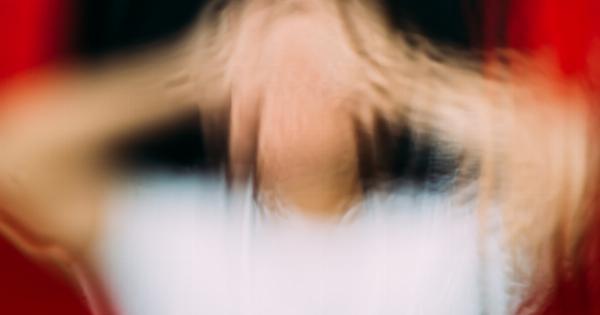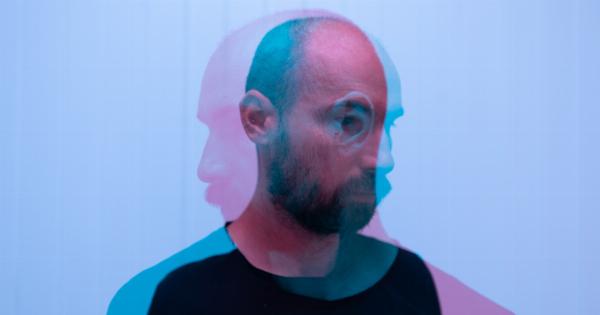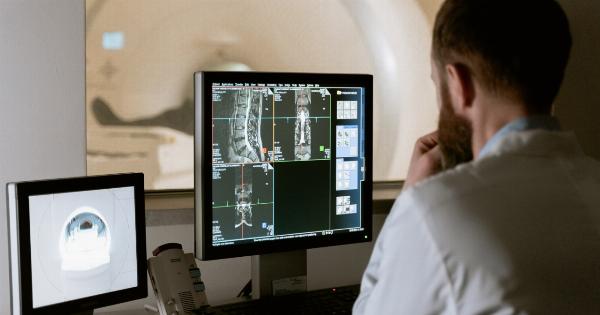Obsessive Compulsive Disorder (OCD) is a mental disorder that affects millions of people around the world. It is characterized by unwanted and intrusive thoughts or feelings that lead to compulsive behaviors.
OCD often starts in childhood or adolescence and can be extremely distressing for those who suffer from it.
This article will explore the beginning of OCD and how the discovery of the swing phenomenon played a significant role in the understanding of the disorder.
What is OCD?
OCD is a mental disorder that is characterized by intrusive and repetitive thoughts or feelings, also known as obsessions, that lead to compulsions – repetitive behaviors or mental acts that are performed to reduce anxiety or stress caused by the obsessions.
The most common obsessions include fears of contamination, symmetry, orderliness, and harm. Examples of compulsions include excessive hand-washing, checking, hoarding, and counting.
Individuals with OCD often spend a lot of time performing these compulsive behaviors, which can interfere with their daily activities and lead to distress and impairment.
The Discovery of the Swing
The discovery of the swing phenomenon in OCD happened in the late 1980s, when researchers were studying the relationship between thought processes and compulsive behaviors.
Researchers found that individuals with OCD often exhibit a “magical thinking” pattern, where they believe that their compulsive behaviors have a direct or symbolic connection to the outcome they desire.
For example, an individual with OCD who fears contamination may believe that their compulsive hand-washing will prevent them from getting sick.
or an individual with OCD who fears harming others may believe that counting to a certain number will prevent them from hurting someone. The researchers observed that this magical thinking was often associated with a feeling of “just rightness,” where the compulsive behavior felt just right to the individual.
To study this phenomenon further, researchers set up an experiment where they asked individuals with OCD to swing a pendulum back and forth and stop it at the “right” spot.
They found that individuals with OCD required more swings to achieve this sense of just rightness, and they were less likely to feel satisfied with their performance than individuals without OCD. This swing phenomenon became a hallmark of OCD and helped researchers better understand the disorder.
The Role of the Swing in OCD Treatment
The swing phenomenon in OCD has played a significant role in the development of treatments for the disorder.
One of the most effective treatments for OCD is cognitive-behavioral therapy (CBT), which aims to change the thought patterns and behaviors that contribute to the disorder.
CBT for OCD often includes exposure and response prevention (ERP), which involves exposing individuals to their obsessions and preventing them from performing their compulsions.
ERP is based on the idea that the anxiety and distress caused by the obsessions will decrease over time if individuals do not reinforce their compulsive behaviors. The swing phenomenon plays a crucial role in ERP, as individuals with OCD often need to swing back and forth between their obsessions and compulsions before they achieve a sense of just rightness and stop performing their compulsive behaviors.
Medications such as selective serotonin reuptake inhibitors (SSRIs) and tricyclic antidepressants (TCAs) are also used to treat OCD.
These medications work by increasing the levels of serotonin in the brain, which can help reduce the frequency and intensity of OCD symptoms.
Conclusion
The discovery of the swing phenomenon in OCD has significantly contributed to the understanding and treatment of the disorder.
The swing phenomenon helped researchers identify the magical thinking patterns in individuals with OCD and understand the importance of just rightness in their compulsive behaviors. This understanding has led to the development of effective treatments such as ERP and medications that have helped many individuals with OCD lead more fulfilling lives.

























